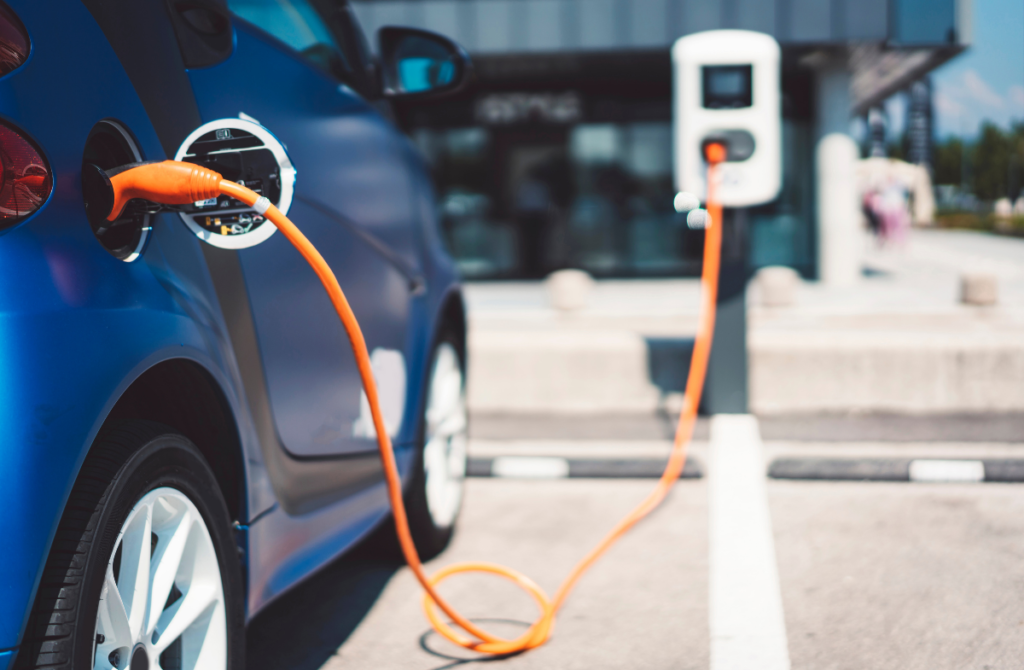Are electric cars ecological?
In recent years, people are increasingly choosing to buy electric cars. This is due to the fact that they are credited with being eco-friendly. But are they really better for the environment?
What will you learn from the article:
- Pros and cons of electric cars
- Comparison of electric and internal combustion cars

Pros and cons of electric cars
The greatest advantage of electric vehicles seems to be the reduction of greenhouse gases emitted during the combustion of fuels in internal combustion engines. In addition, electric vehicles achieve higher efficiency of the drive system compared to an internal combustion engine (the type of fuel is irrelevant here).
Another advantage is that electric motors are relatively simple to build because they have a small number of moving parts. As a result, they break down less frequently, and therefore require less money from the owner to remove breakdowns.
However, the use of heavy metals in the production of batteries, the so-called energy mix for recharging batteries and disposal of worn out batteries are key aspects of an electric vehicle’s life cycle that should be carefully considered as part of a life cycle approach to identify possible sources of increased environmental impact.
It has been calculated that during the production of a car with an internal combustion engine 8 tons of carbon dioxide are emitted into the atmosphere and the production of an electric car or plug-in hybrid (due to batteries) is as much as 12 tons of CO2. The efficiency of the battery decreases with each charge, and replacing the battery with a new one adds an additional 4 tons of carbon dioxide.

Comparison of electric and internal combustion cars
New research from the universities of Exeter, Nijmegen – in the Netherlands – and Cambridge shows that 95 percent of world, driving an electric car is better for the climate than a car powered by gasoline – reports the BBC. An exception to this is for example Poland, where electricity is generated mainly using coal. According to these studies, the average emission over the entire lifetime of electric vehicles is 70% less than gasoline-powered cars in countries such as Sweden and France (where most of the electricity comes from renewable energy sources and nuclear energy), and around 30% less in the UK.
What’s more, the conclusions of these studies point out that in 2050 every second car on the streets of the world may be electric. This would reduce global CO2 emissions by up to 1.5 gigatonnes per year, which is equivalent to Russia’s total current CO2 emissions, the BBC reports.

Experts compared CO2 emissions for the latest Polestar 2 and Volvo XC40 with a gasoline engine. At the production stage, the latter is the top. The construction of the Polestar 2 is equivalent to the emission of 24 tons of carbon dioxide, and in the case of the XC40 – “only” 14 tons.
This state of affairs is primarily caused by the need to obtain rare earth metals used in the traction battery. To match the carbon footprint of the electric Polestar and Volvo crossover, each car needs to cover 31,000 miles (approx. 50,000 km), assuming an average CO2 emissions for the XC40 of 163 g / km.
They also examined the amount of the combined carbon dioxide emissions of both models after 125,000 miles (approx. 201,000 km). Assuming that the Polestar 2 was powered by renewable energy over this distance, its operation would have resulted in the emission of just 0.4 tonnes of CO2. With this assumption, the gasoline XC40 is definitely unfavorable – driving this car would translate into the emission of as much as 41 tons of CO2, which is over 100 times more compared to the Polestar.

